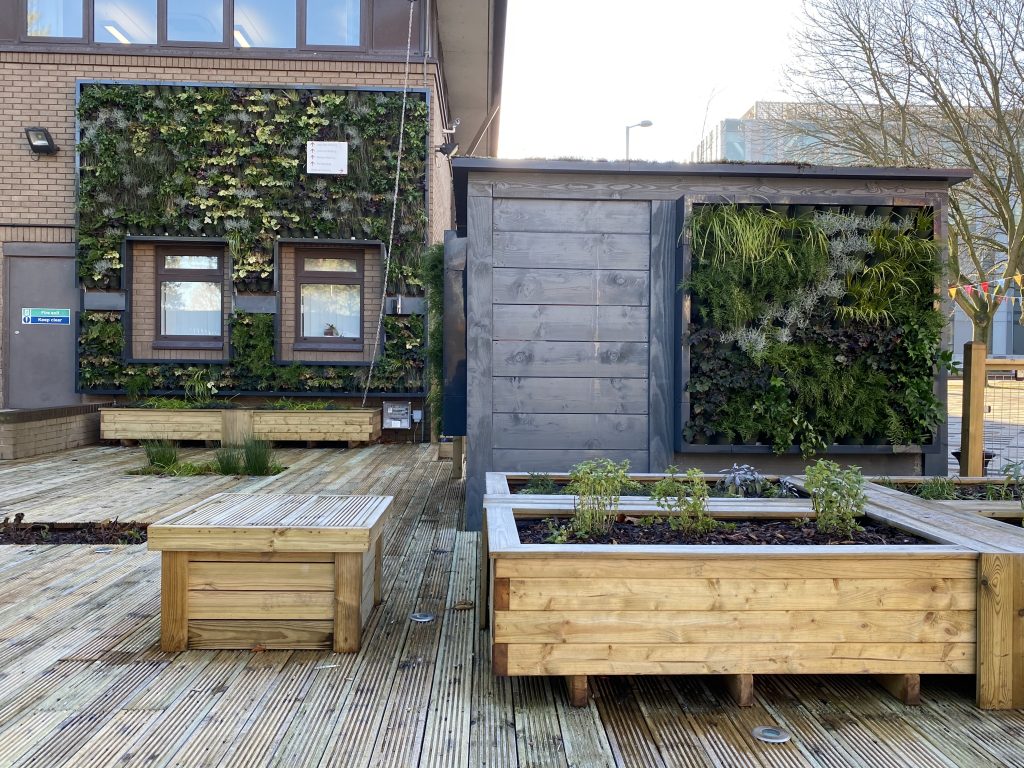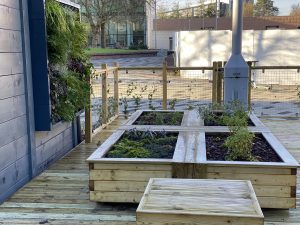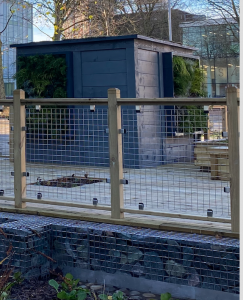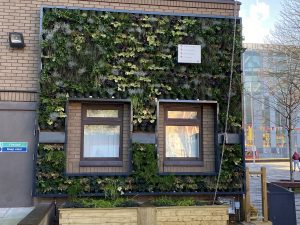
The University of Salford has announced that the £850K Phase 2 of the Ignition Project, a nature-based Living Lab, is in construction.
The Ignition Project is being developed by local green infrastructure developer SEL Environmental for both phase 1 and they will continue as they enter phase 2 of the living lab which aims to explore the potential to increase green infrastructure on the University of Salford’s campus and across Greater Manchester.
This phase of construction is worth £850K and will see the addition of another living wall, a green roof, and sustainable trees as well as much more to the main university campus at Peel Park.
Today we begin the £850k Phase 2 work for the #IGNITIONGM Living Lab. @SalfordScience led by @HishamElkadi are building a green roof, living wall, sustainable trees and more with innovative @SEL_Env @greatermcr and partners. Read more ⬇️
https://t.co/hfwuNiPc1U pic.twitter.com/Peo4EpnRV0— Salford Uni News (@SalfordUniNews) November 30, 2020
In a statement, Professor Hisham Elkadi, Principal Investigator of the project said: “Phase 2 is being constructed by the same developer and will incorporate an integrated system with a larger-scale living wall, green roof, and sustainable drainage trees.
“These elements are crucial for urban adaptation to climate change impacts because they prevent extra water going into the drainage network, reducing urban heat, raising climate awareness and improving building performance.”
The Ignition project is backed with over £4 million from the EU’s Urban Innovation Actions (UIA) initiative and they are working alongside multiple partners including GMCA, RHS, Bruntwood, Groundwork, City of Trees and the team at The University of Salford with the aim to increase our city-region’s urban green infrastructure by 10%, by 2038.
The project hopes to be an example of how natural infrastructure can be used to reduce climate change.
Professor Elkadi added: “The goal of Ignition is to demonstrate that green infrastructure is financially feasible for any business to implement and can help build a better and more sustainable future for everyone.”
Phase 1 of the project saw the completion of the Rain Garden at The University of Salford.
The #IGNITIONGM Living Lab is here! 🌿🌱
Wonderful to see Phase 1 of the project complete with these beautiful, innovative nature-based solutions.#greenwall #raingarden @SalfordUni pic.twitter.com/e1Xs8tJgEr
— GM Green City (@GMGreenCity) October 28, 2020
The Rain Garden is a sustainable drainage system and channels water from the roof of the Clifford Whitworth Library through solutions in the building wall and into groundwater treatment solutions in the ground.
This aims to minimise the amount of water ending up in the university’s surface water drainage network which flows into the nearby River Irwell.
There are many different natural based solutions in the Rain Garden including:

Copyright: Zoe Bott
A Raised Amenity Deck – The Rain Garden includes an area of decking that allows the rainfall to be absorbed through to the existing ground. There are also six raised planters and three sunken planters that are hydraulically linked and each planter has an 85ml reservoir of water beneath their soil.
“These planters are self-irrigated and waters enter them through a rain chain entering the high-level planters first and then cascades into the low-level planters over a weir in order to maintain different levels of water for each planter.
The water then, if there is anything left, is discharged into the rest of the Rain Garden.

Copyright: Zoe Bott
Smoking Shelter – This is an example of green infrastructure that could be implemented throughout the city in bus shelters.
Living Wall on Library wall – This is a Living Vegetation wall that is self-irrigated from water stored in the rain garden and another example of green infrastructure that could be used within the city.
Blue Green Water feature – A shallow safety pond that also includes a fountain, that when it rains, it uses the rainfall to allow the fountain to sprinkle out water.

Copyright: Zoe Bott
Throughout the garden at various different points, there are soil moisture sensors and water level monitors that send real-time data every two minutes to an online portal that also allows adjustments to be made to the conditions of the soil with the amount of water, turning valves off if they purposefully wanted to dry out certain areas of soil.
Once the Living Lab is completed it will have unrivalled experimentation green technologies that will hopefully follow into and past Greater Manchester, to create greener cities nationwide.
As work begins on phase 2, it is expected that the Living Lab, Ignition Project will be installed and will visually demonstrate how green infrastructure can help combat climate change by October 2021.














Recent Comments